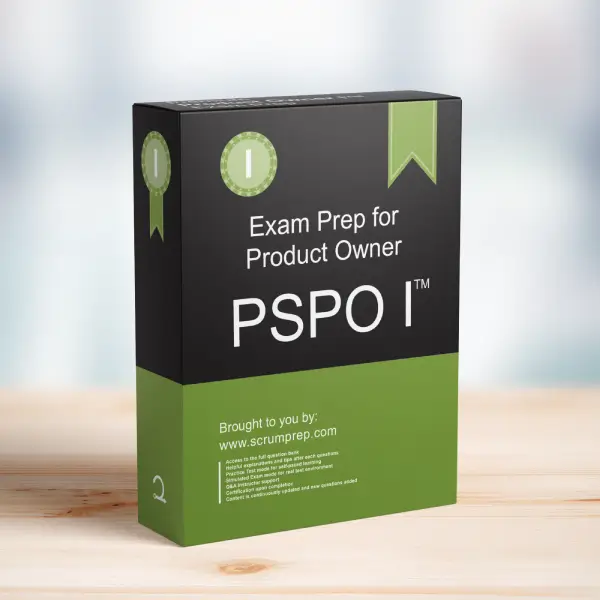Key Responsibilities of a Product Owner
The role of a Product Owner is crucial in ensuring that the product being developed aligns with customer needs and stakeholder expectations. This article highlights the main responsibilities of a Product Owner, especially in the context of the PSPO I exam.
Exam Question
My role as a Product Owner focuses on which two of the following?
(choose the best two answers)
- A. Writing User Stories.
- B. Working with customers and stakeholders to identify the most important product requirements.
- C. Being with the Scrum Team all the time, just in case they need me to clarify a requirement.
- D. Keeping the stakeholders informed of the project and release status.
Correct Answers
B. Working with customers and stakeholders to identify the most important product requirements.
D. Keeping the stakeholders informed of the project and release status.
Explanation
Correct Answers
B. Working with customers and stakeholders to identify the most important product requirements:
The Product Owner is responsible for understanding the needs and requirements of customers and stakeholders. This involves constant interaction and communication to prioritize the most valuable features and functionalities that should be included in the product.
D. Keeping the stakeholders informed of the project and release status:
Maintaining transparency and keeping stakeholders updated on the progress and status of the project is a key responsibility of the Product Owner. This ensures that stakeholders are aware of any changes, progress, or potential issues that may arise during the development process.
Incorrect Answers
A. Writing User Stories:
While a Product Owner may write User Stories, this task can also be done by the Developers or other team members. The primary focus of the Product Owner is on prioritizing and refining the Product Backlog rather than solely writing User Stories.
C. Being with the Scrum Team all the time, just in case they need me to clarify a requirement:
The Product Owner should be available to clarify requirements but does not need to be with the Scrum Team constantly. Effective communication channels and well-prepared Product Backlog items help minimize the need for constant presence.
Responsibilities in Scrum
- Product Owner: Works with customers and stakeholders to identify and prioritize product requirements, and keeps them informed of the project’s status.
- Scrum Master: Facilitates the Scrum process and helps remove impediments.
- Developers: Work collaboratively to deliver increments of the product that meet the requirements and Definition of Done.
Relevance to the PSPO I Exam
Understanding the primary responsibilities of a Product Owner is essential for the PSPO I exam. This knowledge ensures that Product Owners can effectively prioritize work and communicate with stakeholders, contributing to the successful delivery of the product.
Key Takeaways
- The Product Owner’s main responsibilities include working with customers and stakeholders to identify and prioritize requirements.
- Keeping stakeholders informed of the project’s status is crucial for transparency and alignment.
- Writing User Stories and constant presence with the Scrum Team are not the primary focuses of a Product Owner.
Conclusion
A Product Owner plays a vital role in ensuring that the product meets customer needs and stakeholder expectations. By focusing on identifying important requirements and keeping stakeholders informed, the Product Owner helps steer the product development in the right direction. For comprehensive preparation and practice exams, check out PSPO I Exam Prep to enhance your understanding and application of Scrum principles.



